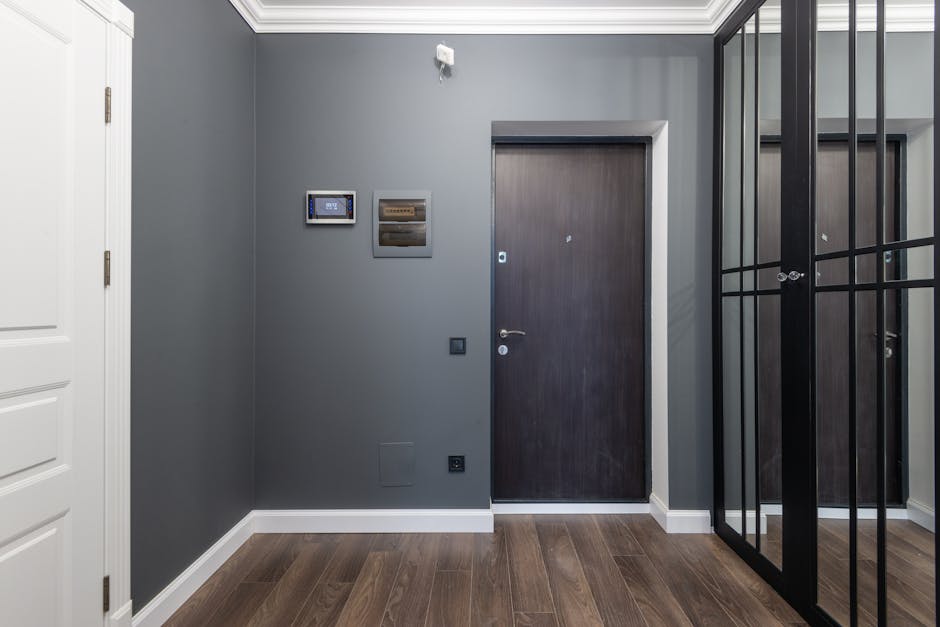
Privacy and Security in Smart Homes: Protecting Your Digital Living Space
Understanding Privacy and Security in Smart Homes
As smart homes become increasingly popular, ensuring privacy and security is more important than ever. These connected systems can enhance your lifestyle but also pose potential risks if not properly managed.
Common Security Risks in Smart Home Devices
Many users are unaware of vulnerabilities inherent in smart home devices, such as vulnerable devices that may be exploited by cybercriminals. These risks include unauthorized access, data breaches, and device manipulation.
Best Practices for Protecting Your Smart Home
- Regularly update device firmware: Keep all smart devices up-to-date to patch security flaws.
- Use strong, unique passwords: Avoid default passwords and consider password managers for secure storage.
- Enable two-factor authentication: When available, add an extra layer of security to your accounts.
- Segment your network: Create separate networks for your smart devices and personal computers to limit exposure.
- Review device permissions and privacy settings: Limit data sharing and control access rights diligently.
Additional Tips for Ensuring Privacy in Smart Homes
Beyond security measures, managing privacy settings carefully can prevent unnecessary data collection. Be aware of the data your devices collect and share and opt for devices with strong privacy policies.
Conclusion
Maintaining awareness and proactive security practices is vital to enjoy the convenience of your smart home without compromising your privacy. Regularly reviewing your device settings and staying informed about security developments can help protect your digital living space effectively.
